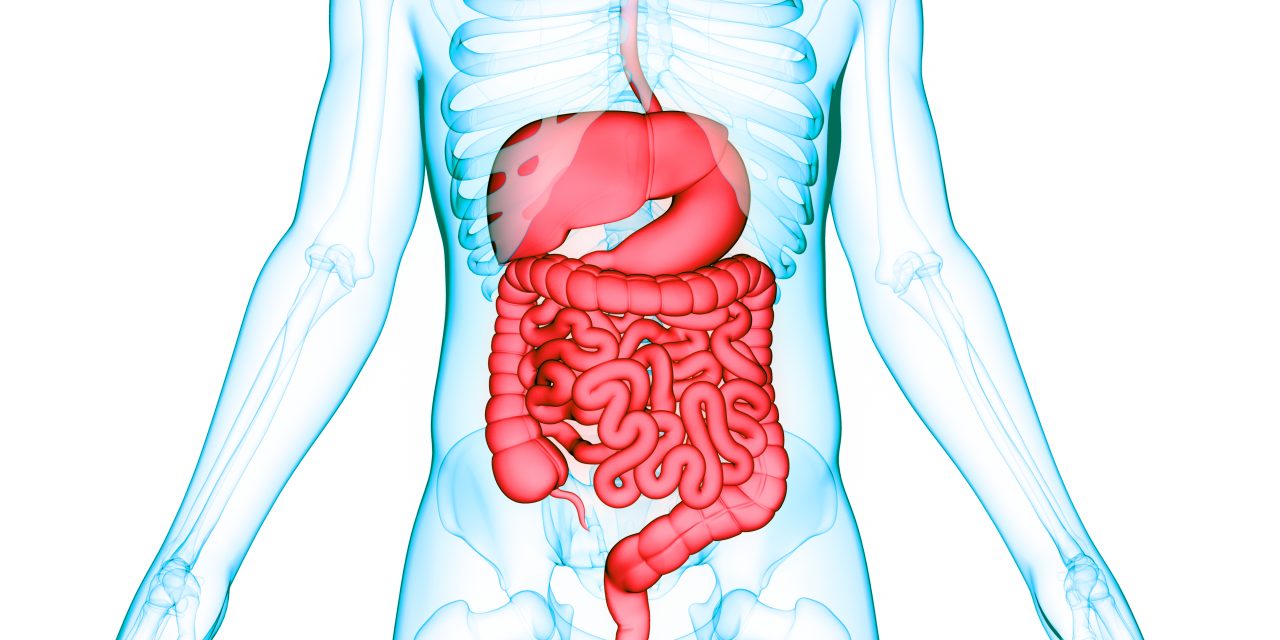To describe the range of symptoms of gastroesophageal reflux in healthy, full-term infants in the first 7 months of life.
Cross-sectional, descriptive study. Median and percentile scores for the Infant Gastroesophageal Reflux Questionnaire-Revised (I-GERQ-R) were calculated for each of the following age groups of infants: 0 to 2, 2 to 4, 4 to 6, and 6 to 7 months. Psychometric properties, including internal consistency reliability and concurrent validity of the I-GERQ-R, were also tested.
Online.
Primary caregivers of 559 healthy, full-term (≥37 weeks gestational age) infants younger than 7 months.
Participants were asked to answer questions about themselves, their family, and their infant and to complete the I-GERQ-R, the Infant Gastrointestinal Symptoms Questionnaire, and the Neonatal Eating Assessment Tool.
Symptoms of gastroesophageal reflux decreased over the first 7 months of life. Scores in the 95th percentile decreased from 19 in infants 0 to 2 months old to 16.7 in infants 6 to 7 months old. Internal consistency reliability of the I-GERQ-R was acceptable (Cronbach’s α = .71). The I-GERQ-R had evidence of concurrent validity with the Infant Gastrointestinal Symptoms Questionnaire (r = .69, p < .001) and Neonatal Eating Assessment Tool-Breastfeeding Gastroesophageal Function subscale (r = .52, p < .001).
Authors of prior studies used a cutoff score of 16 for the diagnosis of gastroesophageal reflux disease in infants younger than 18 months. Our results indicate that symptoms of reflux change with age over the first 7 months of life and that using more age-specific reference values may be more appropriate. Health care providers can use these age-specific percentile scores, together with clinical assessment, to identify significant symptomatology related to gastroesophageal reflux disease.
Copyright © 2020. Published by Elsevier Inc.
Symptoms of Gastroesophageal Reflux in Healthy, Full-Term Infants Younger Than 7 Months Old.


